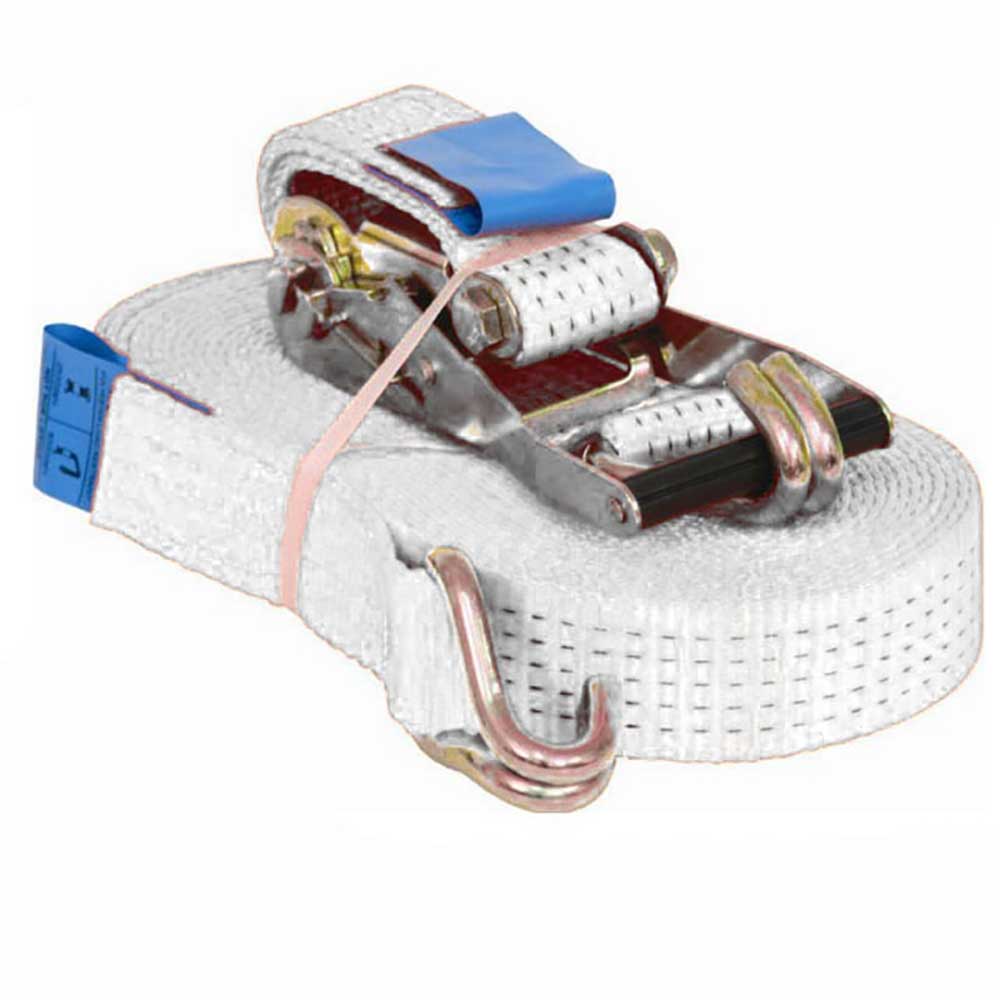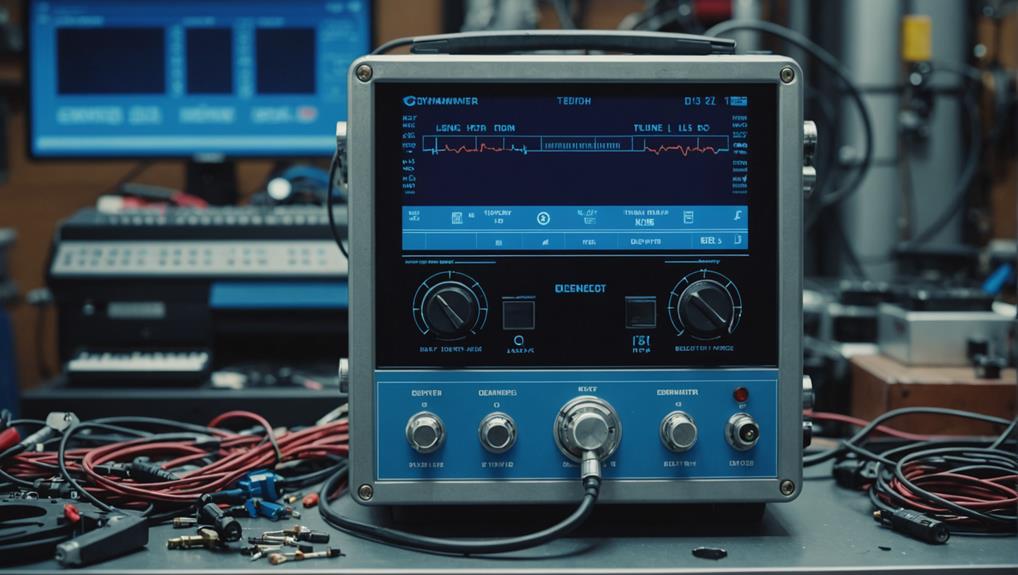
How Dynamometers Enhance Engine Diagnostics and Testing
Necessitating precise measurements, dynamometers unlock the secrets of engine performance, but what else can they reveal about engine diagnostics and testing?
Dynamometer technology has undergone significant transformations since its early beginnings in the 19th century.
Advancements in mechanical, hydraulic, and electronic systems have paved the way for modern dynamometers that harness artificial intelligence, machine learning, and other cutting-edge innovations.
From its humble beginnings as a tool for measuring machine performance to its current role as a crucial instrument in diverse industries, dynamometers have evolved substantially.
As technology continues to advance, dynamometers are becoming increasingly sophisticated, with the integration of automation, AI, and virtual sensors revolutionising the testing landscape.
A closer examination will reveal the full extent of these groundbreaking developments, highlighting the remarkable progress made in this field.
Early Beginnings of Dynamometers
The earliest known dynamometer, credited to French engineer Gaspard Riche de Prony, dates back to 1819, when he invented a device capable of measuring the torque of a rotating shaft.
This pioneering innovation marked the beginning of a new era in precise measurement and testing of physical forces. Dynamometers, as these devices came to be known, enabled engineers to quantify and analyze the performance of machines and mechanisms with unprecedented accuracy.
In the early days, dynamometers played a pivotal role in measuring the force and torque of different mechanical systems, providing valuable data for improvement and optimisation.
As technology advanced, dynamometers became an indispensable tool in multiple industries, including automotive, aerospace, and manufacturing. Precise measurement and testing facilitated refinement of designs, boosted performance, and guaranteed reliability.
The early beginnings of dynamometers paved the way for significant advancements in the field, ultimately transforming the way engineering and design are approached today.
As the Industrial Revolution gathered pace, dynamometer technology underwent a significant transformation with the introduction of mechanical dynamometers that utilised spring scales to measure force and power output.
This milestone paved the way for subsequent innovations, including the development of hydraulic dynamometers in the mid-20th century, which offered higher precision and accuracy in measuring power output, particularly in the automotive and aerospace industries, setting new industry standards.
The 1980s saw the emergence of electronic dynamometers, utilising sensors and data acquisition systems to provide real-time measurement and analysis of power output and torque.
This advancement enabled precise measurements of torque and power output, revolutionising the testing market.
Integration of advanced technologies, such as artificial intelligence and machine learning algorithms, has further augmented dynamometer capabilities, enabling predictive maintenance, performance optimisation, and autonomous testing.
Today, dynamometers continue to evolve, with the development of miniature, high-precision models catering to diverse applications, including sports science, biomechanics, and prosthetics.
Numerous industries, including automotive, aerospace, manufacturing, energy, and sports science, rely on dynamometers to measure power output, torque, and force, providing valuable data for product development and testing.
In sports science, dynamometers measure muscle strength, vital in rehabilitation and physical therapy.
Advanced dynamometer products have amplified testing capabilities, collecting precise data on the force exerted and providing actionable insights for product improvement.
In diverse industries, dynamometers have become a vital tool for ensuring precision and efficiency.
Companies can optimise their products and processes, leading to improved performance, through advanced dynamometer technology.
Moreover, modern dynamometers have enabled the development of more resilient and efficient systems, having a direct impact on the bottom line.
As technology continues to evolve, dynamometers will likely play an increasingly pivotal role in driving innovation and growth across multiple industries.
Advancements in data acquisition have substantially improved the capabilities of modern dynamometers, allowing for real-time monitoring and analysis of performance metrics with unparalleled precision.
The integration of advanced sensor technology has enabled the capture of high-fidelity data, facilitating swift identification of issues and optimization of test settings.
As a result, dynamometers can now provide accurate and reliable results, revolutionizing the field of performance evaluation.
Real-time monitoring capabilities have become an essential aspect of dynamometer technology, driven by the increasing demands for precision and efficiency in performance evaluation.
Advanced data acquisition systems continuously monitor performance metrics, allowing for prompt adjustments and refinements during testing.
Real-time data analysis ensures precise and efficient measurement of performance data, guaranteeing that specific requirements are met and accurate results are obtained.
State-of-the-art measurement devices in modern dynamometers, such as load cells, convert electrical signals into precise and reliable performance data.
Customizable test parameters enable exhaustive data capture during testing, while integration with external devices enables seamless data sharing and analysis.
Real-time feedback and diagnostics simplify the testing process, enabling engineers to swiftly address deviations and contribute to collective product development success.
Engineers can optimise performance evaluation and drive innovation in their respective fields through these real-time monitoring capabilities.
As real-time monitoring capabilities continue to play a vital role in dynamometer technology, the importance of advanced sensor technology is paramount.
Dynamometers rely on advanced sensors to measure the force, torque, and speed of rotational movements with precise control and accurate measurements. These sensors have undergone significant advancements, enabling the development of high-precision sensors that can measure forces up to 100,000 N with an accuracy of ±0.5% of the full-scale range.
Modern dynamometer sensors utilise advanced materials like piezoelectric quartz or strain gauges, which offer improved sensitivity, stability, and temperature compensation.
The integration of advanced sensors with digital signal processing has enabled real-time data acquisition and analysis, allowing for faster and more accurate testing.
In testing and research applications, where heightened accuracy is crucial, dynamometers provide precise control and accurate measurements, making them an indispensable tool in diverse industries.
Integrating automation and artificial intelligence (AI) into dynamometer technology has revolutionised the testing landscape, enabling unprecedented levels of precision, efficiency, and reliability.
Automation integration amplifies testing precision and efficiency through precise control of testing parameters, reducing the risk of human error and resulting in improved testing accuracy and productivity.
The incorporation of AI and machine learning streamlines predictive maintenance and performance optimisation, enabling dynamometers to anticipate maintenance requirements and adjust testing parameters in real-time to optimise outcomes.
AI algorithms empower dynamometers to analyse large datasets and identify patterns, trends, and correlations that may not be apparent to human analysts, leading to more accurate and reliable testing results.
AI-driven virtual sensors enable the simulation of real-world testing conditions, reducing the need for physical prototypes and allowing for more efficient and cost-effective testing.
Leveraging machine learning algorithms, dynamometers can learn from historical data and adapt to new testing scenarios, improving their accuracy and reliability over time, ultimately improving total performance of engines and refining user interface experience.
The pursuit of sustainable and efficient testing has led to the development of innovative energy efficiency solutions in dynamometer technology, such as regenerative braking systems, which substantially reduce power consumption and environmental footprint.
Concurrently, advanced data acquisition systems enable real-time monitoring and analysis of performance metrics, further enhancing testing efficiency and accuracy.
Transforming dynamometer testing to minimize its environmental footprint while maintaining its role in ensuring machine and engine performance and reliability is crucial.
Energy-efficient dynamometer technologies that prioritise sustainable energy solutions offer a solution. Regenerative braking systems, for instance, reduce power consumption by up to 90%, dramatically minimising environmental impact.
The integration of renewable power sources, such as solar power integration, into dynamometer operations decreases carbon footprint by 70% and lowers operational costs.
Advanced dynamometer designs with optimised motor control systems and high-efficiency motors achieve energy savings of up to 50% compared to traditional systems.
Implementing energy-harvesting technologies, like piezoelectric sensors, generates electricity from vibrations, reducing total power consumption by 20%. Energy-efficient dynamometers with advanced cooling systems and optimised thermal management reduce heat generation by 40%, resulting in lower energy consumption and increased system reliability.
Adopting these cutting-edge solutions enables dynamometer testing to become more environmentally friendly and cost-effective, ensuring a sustainable future for the industry.
As energy-efficient dynamometer technologies take centre stage, the importance of real-time data analysis in sustainable and efficient testing cannot be overstated.
Dynamometers provide precise, reliable data that accurately measures performance metrics, enabling users to track progress and make informed decisions. Real-time monitoring and analysis facilitate instantaneous feedback and prompt adjustments during testing.
Seamless data sharing and analysis are enabled through integration with external devices, paving the way for continuous innovation in performance evaluation. Customizable test parameters facilitate exhaustive data capture, meeting specific requirements and obtaining precise measurements.
Automation integration refines testing precision and efficiency, allowing precise control of testing parameters and reducing the risk of human error. Users can optimise test settings, identify issues, and make data-driven decisions, ultimately enriching the user experience.
Dynamometers play a critical role in driving sustainable and efficient testing practices through these advanced capabilities.
Emerging trends are poised to reshape the landscape of dynamometer technology, driven by the need for improved performance, sustainability, and integration with digital systems.
The future of dynamometer technology is expected to be shaped by trends such as integration with digital systems, miniaturisation, refined data analysis, sustainability, and advancements in materials and electronics.
Integration with artificial intelligence and machine learning algorithms will enable predictive maintenance and performance optimisation in dynamometers, reducing downtime and augmenting operational efficiency.
The increasing demand for sustainable energy solutions is driving the development of energy-efficient dynamometers, such as those utilising regenerative braking systems, to minimise environmental impact.
Advanced sensor technologies, such as strain gauges and load cells, will refine the precision and reliability of dynamometer measurements, enabling more accurate testing and evaluation.
Virtual testing environments and simulation software are being developed to replicate real-world conditions, allowing for cost-effective and efficient testing of dynamometer systems without the need for physical prototypes.
As the industry continues to evolve, dynamometers will play a critical role in shaping the future of testing and evaluation.
Technological Breakthroughs in Dynamometers over Time
Early Beginnings of Dynamometers
The concept of dynamometers dates back to the 18th century, when French engineer Gustave Trouvé invented the pioneering dynamometer to measure the torque of an electric motor. Initially, dynamometers were simple mechanical devices that utilised springs or levers to measure force and torque. These early devices were limited in their accuracy and functionality, but they laid the groundwork for future innovations.
At Hyper Power, we understand the importance of staying at the forefront of technological advancements. If you have any questions about our services, including Custom Dyno Solutions, Installation and Setup, Training and Certification, Technical Support and Maintenance, Software Updates and Upgrades, Diagnostics and Performance Analysis, Rental Services, Dynamometer Testing Services, and Accessories and Parts, please do not hesitate to contact us.
Technological Landmarks in Dynamometers
The 20th century saw substantial progress in dynamometer technology. The introduction of strain gauges in the 1930s enabled more accurate measurements of force and torque. The development of hydraulic and pneumatic dynamometers in the 1950s and 1960s further expanded the capabilities of dynamometers. The advent of computerised data acquisition systems in the 1980s revolutionised the field, enabling real-time data analysis and improved testing efficiency.
Modern Applications of Dynamometers
Today, dynamometers are used in a wide range of industries, including automotive, aerospace, and biomedical engineering. They are employed to test and measure the performance of engines, motors, and other mechanical systems. Modern dynamometers are capable of measuring a wide range of parameters, including torque, speed, power, and efficiency.
Progress in Data Acquisition
Advances in data acquisition systems have greatly augmented the capabilities of modern dynamometers. High-speed data acquisition systems enable the capture of detailed data on dynamic events, such as engine combustion and transmission shifting. Advanced data analysis software allows for real-time data analysis and visualisation, enabling engineers to make informed decisions quickly.
The Role of Automation and AI
The integration of automation and artificial intelligence (AI) is transforming the field of dynamometry. Automated testing and data analysis enable faster and more efficient testing, while AI algorithms can identify patterns and anomalies in large datasets, enabling predictive maintenance and improved product design.
Sustainable and Efficient Testing
Modern dynamometers are designed with sustainability and efficiency in mind. Energy-efficient designs and advanced cooling systems reduce energy consumption and environmental impact. Furthermore, advanced testing techniques, such as model-based testing, enable engineers to reduce the number of physical prototypes, reducing waste and environmental impact.
Future of Dynamometer Technology
As technology continues to evolve, dynamometers will play an increasingly crucial role in the development of sustainable and efficient technologies. The integration of advanced materials, IoT sensors, and AI algorithms will enable the creation of more accurate, efficient, and sustainable testing systems.
Conclusion
The evolution of dynamometers has been marked by significant technological breakthroughs, transforming the field from simple mechanical devices to sophisticated, computerised systems. At Hyper Power, we are committed to staying at the forefront of these advancements, providing our clients with cutting-edge solutions and expert support. If you have any questions about our services, including Custom Dyno Solutions, Installation and Setup, Training and Certification, Technical Support and Maintenance, Software Updates and Upgrades, Diagnostics and Performance Analysis, Rental Services, Dynamometer Testing Services, and Accessories and Parts, please do not hesitate to contact us. We look forward to working with you to create a more sustainable future.

Necessitating precise measurements, dynamometers unlock the secrets of engine performance, but what else can they reveal about engine diagnostics and testing?
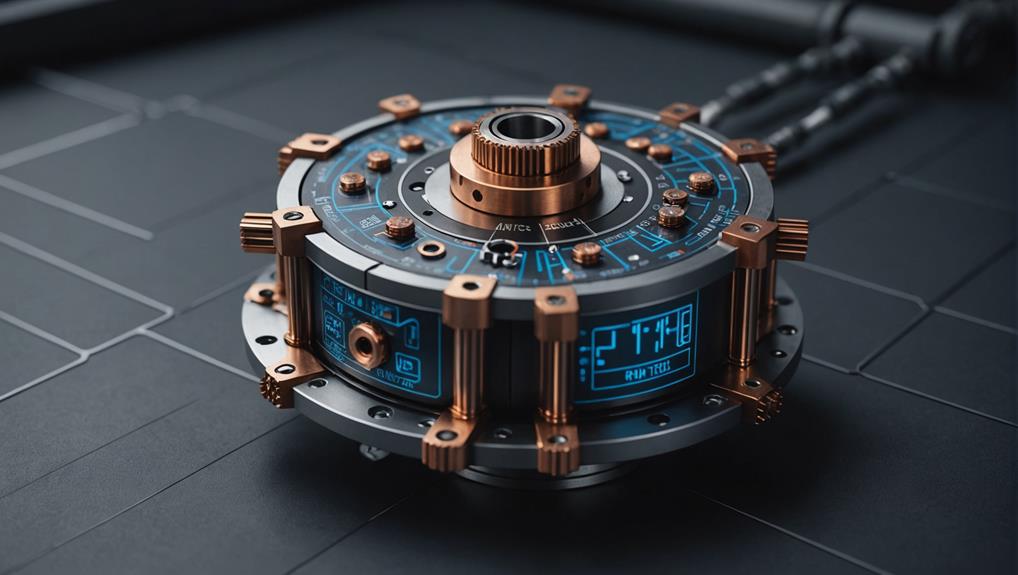
Navigating the complexities of torque measurement requires a deep understanding of the underlying principles and mechanisms to ensure accurate results.

Precise control and optimization of engine performance await, but only for those who unlock the secrets of dynamometer-driven data analysis.
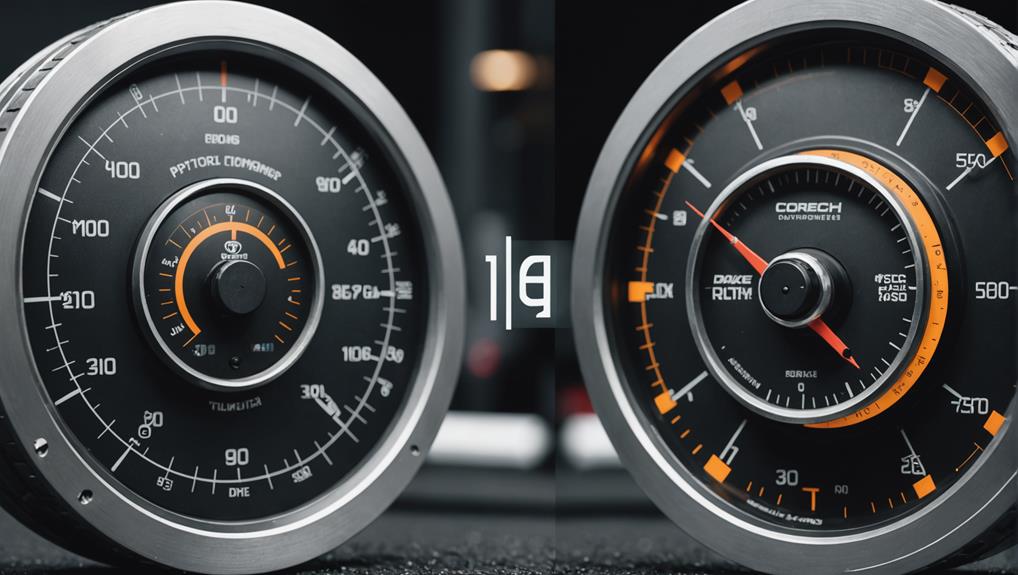
Gaining insight into the differences between inertia and brake dynamometers is crucial for ensuring accurate testing results in various industries.
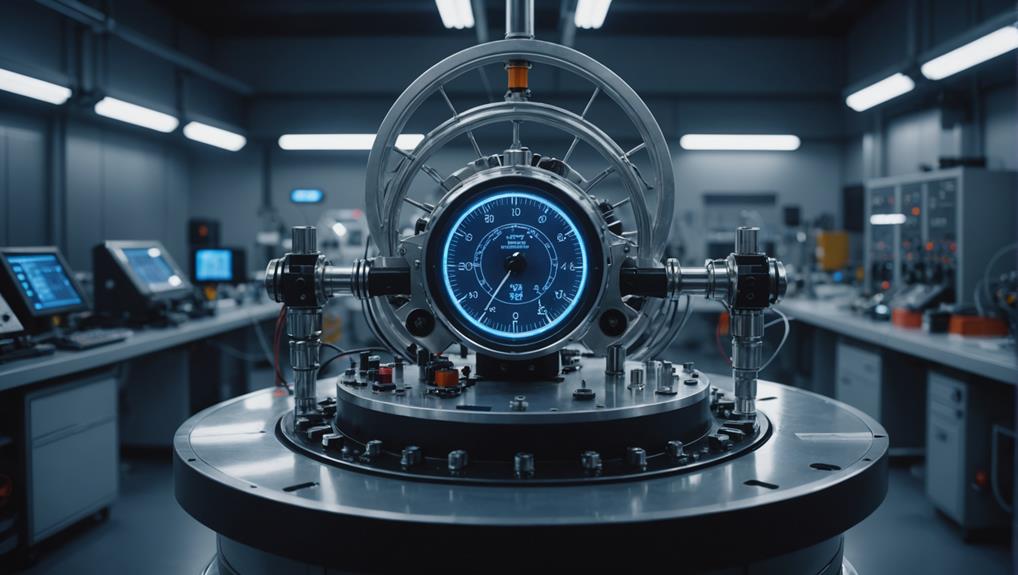
Tapping into the precise measurement capabilities of dynamometers, uncover the secrets to optimizing fuel efficiency and slashing emissions in the automotive industry.

Witness the importance of rigorous safety protocols and best practices in dynamometer testing to avoid catastrophic failures and ensure accurate results.
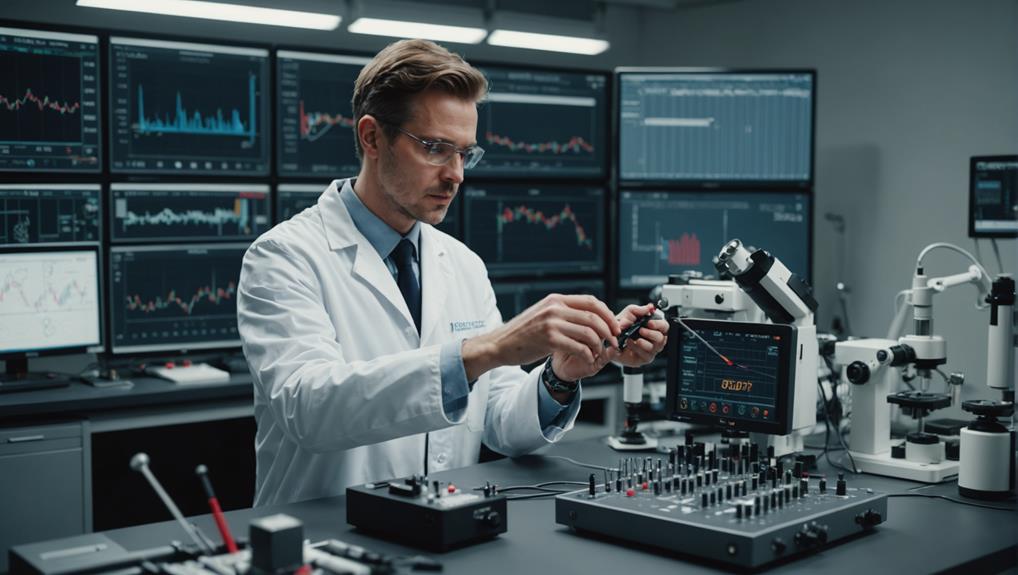
Harnessing the nuances of precision measurement is crucial to avoiding costly errors in dynamometer testing, but what are the key factors to consider?
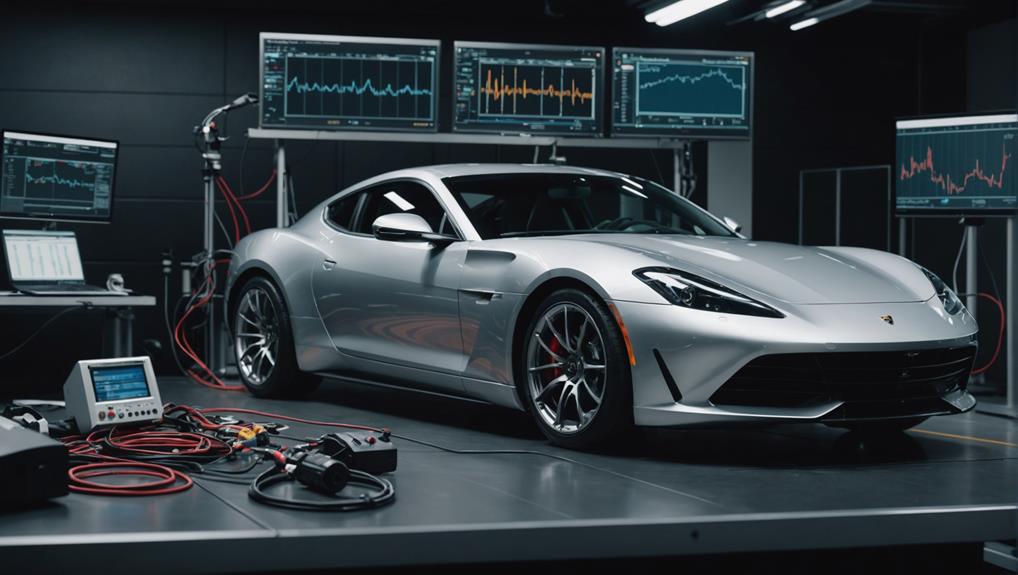
Witness the transformative power of dynamometers in unlocking your vehicle’s hidden performance potential, but only if you know how to harness their precision.

